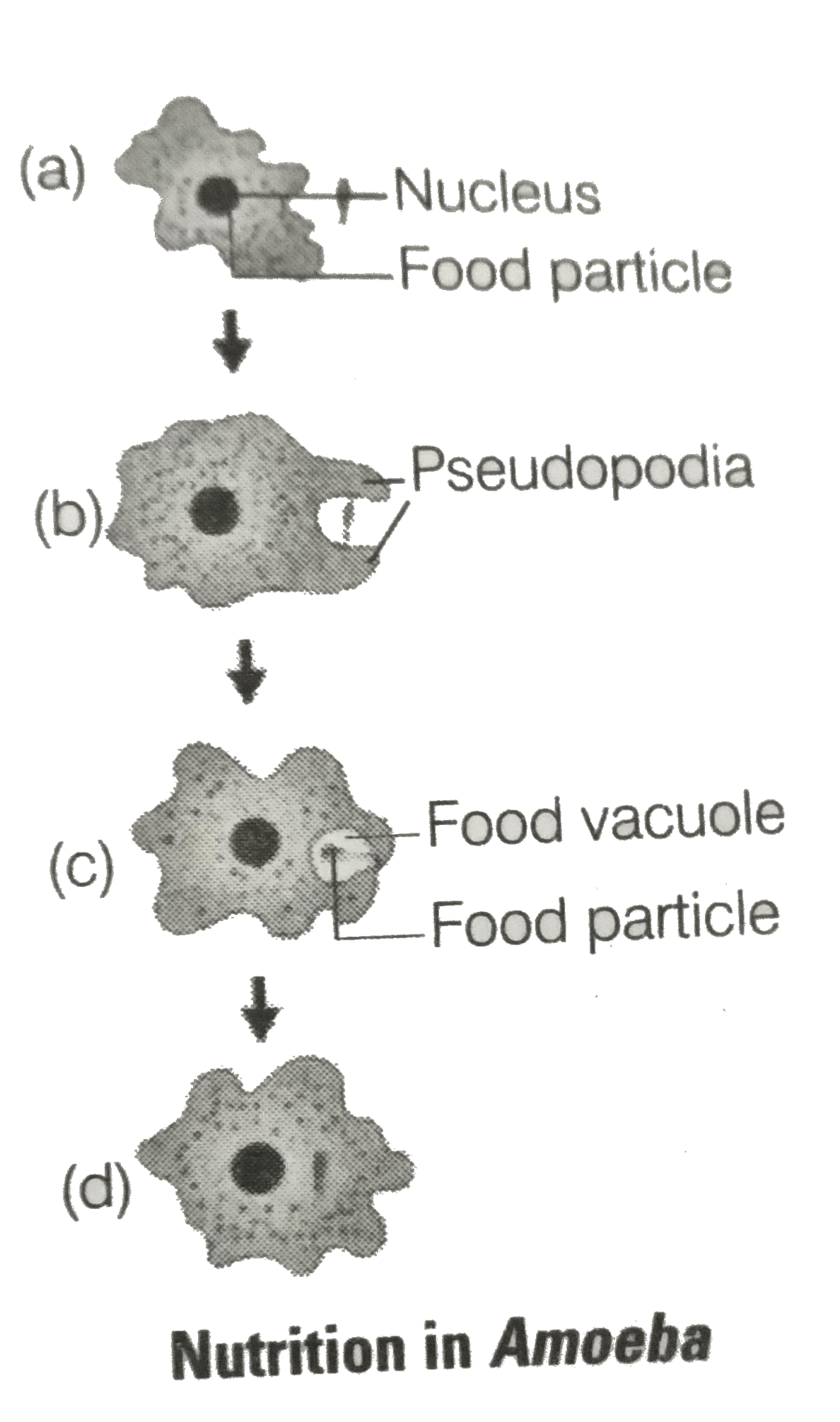Explain mode of nutrition in eubacteria.
Step-by-Step Solution:
1. Introduction to Eubacteria: Eubacteria, commonly known as true bacteria, are a diverse group of prokaryotic microorganisms. They exhibit various modes of nutrition, which can be broadly categorized into two main types: heterotrophic and autotrophic.
2. Heterotrophic Nutrition:
- The majority of eubacteria are heterotrophs, meaning they cannot produce their own food and must obtain it from other organic sources.
- Within heterotrophs, there are two primary subcategories:
- Saprophytes: These bacteria feed on dead and decaying organic matter in the environment. They play a crucial role in decomposition and nutrient recycling.
- Parasites: Some eubacteria are parasitic, living on or within a host organism and deriving nutrients at the host's expense.
3. Autotrophic Nutrition:
- In contrast to heterotrophs, autotrophic eubacteria can produce their own food. This group is further divided into:
- Photosynthetic Bacteria: These bacteria, such as cyanobacteria, utilize sunlight to convert carbon dioxide and water into glucose through the process of photosynthesis. Cyanobacteria are particularly significant as they contribute to oxygen production and are often larger than other bacteria.
- Chemosynthetic Bacteria: These bacteria obtain energy by oxidizing inorganic substances (like hydrogen sulfide or ammonia) and use this energy to synthesize organic compounds. They are often found in extreme environments, such as deep-sea vents.
4. Conclusion: In summary, eubacteria exhibit diverse modes of nutrition, with the majority being heterotrophic (including saprophytes and parasites) and a significant number being autotrophic (including photosynthetic and chemosynthetic bacteria).
- The majority of eubacteria are heterotrophs, meaning they cannot produce their own food and must obtain it from other organic sources.
- Within heterotrophs, there are two primary subcategories:
- Saprophytes: These bacteria feed on dead and decaying organic matter in the environment. They play a crucial role in decomposition and nutrient recycling.
- Parasites: Some eubacteria are parasitic, living on or within a host organism and deriving nutrients at the host's expense.
- In contrast to heterotrophs, autotrophic eubacteria can produce their own food. This group is further divided into:
- Photosynthetic Bacteria: These bacteria, such as cyanobacteria, utilize sunlight to convert carbon dioxide and water into glucose through the process of photosynthesis. Cyanobacteria are particularly significant as they contribute to oxygen production and are often larger than other bacteria.
- Chemosynthetic Bacteria: These bacteria obtain energy by oxidizing inorganic substances (like hydrogen sulfide or ammonia) and use this energy to synthesize organic compounds. They are often found in extreme environments, such as deep-sea vents.
Topper's Solved these Questions
- KINGDOM MONERABOOK - ICSECHAPTER - KINGDOM MONERAEXERCISE - REVIEW QUESTIONS ( IV Short answer type questions)
10 Videos
- KINGDOM FUNGI BOOK - ICSECHAPTER - KINGDOM FUNGI EXERCISE - REVIEW QUESTIONS (LONG ANSWER TYPE QUESTIONS)
5 Videos
- KINGDOM PROTISTABOOK - ICSECHAPTER - KINGDOM PROTISTAEXERCISE - REVIEW QUESTIONS (VI Long answer type questions)
5 Videos
Similar Questions
Explain the mode of nutrition in Kingdom Protista.
View SolutionNutrition in plants
View SolutionParasitic mode of nutrition is
View SolutionAbsorptive mode of nutrition is characteristic of kingdom
View SolutionGive appropriate biological or technical terms for the following:
Mode of nutrition in Amoeba
View SolutionName the modes of nutrition in fungi.
View SolutionThe mode of the nutrition of bacteria is usually-
View SolutionExplain the process of nutrition in Amoeba.

View SolutionExplain various modes of reproduction in bacteria
View SolutionMode of nutrition in Rhizopus is
View Solution
